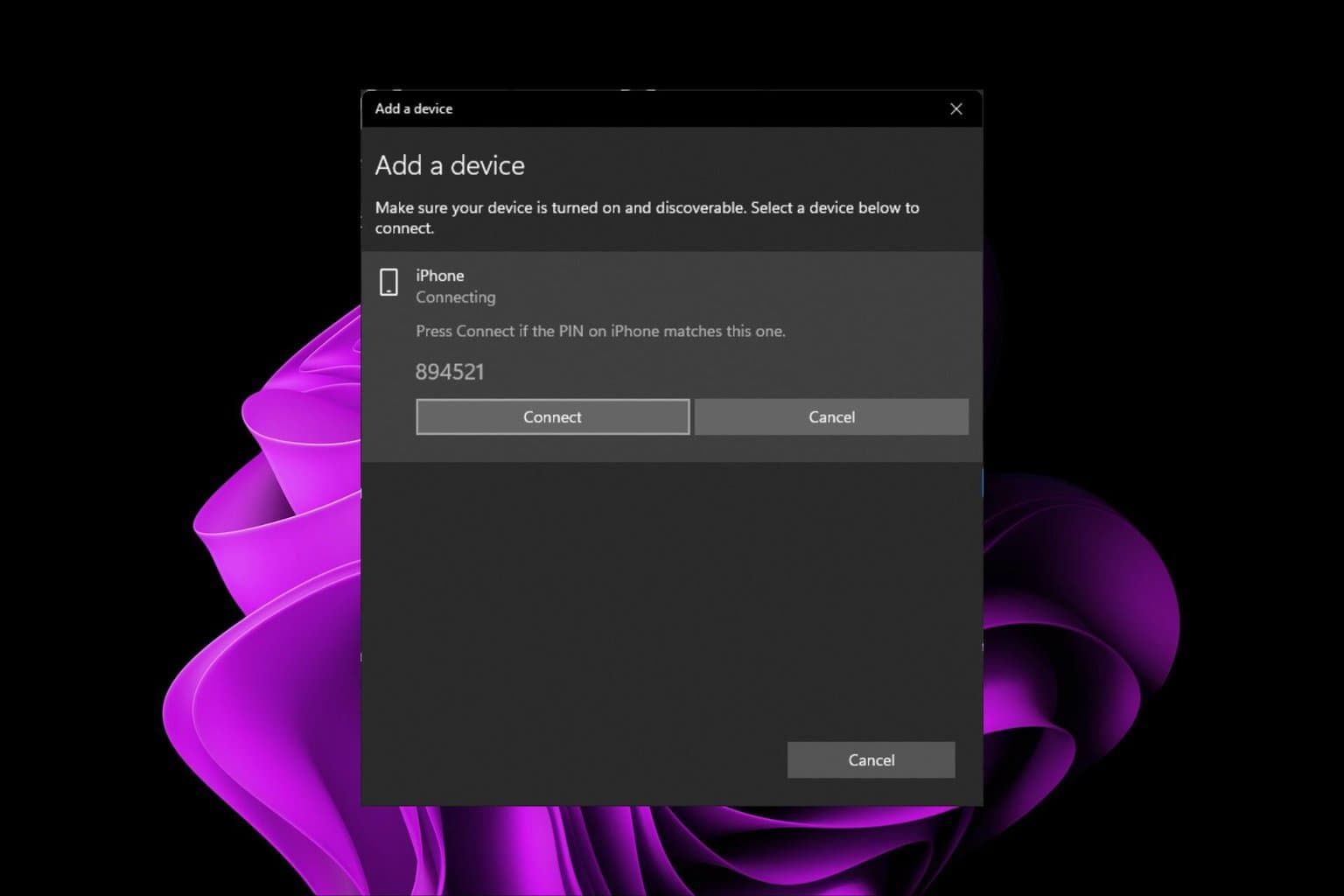Hyper-V DHCP Is Not Working: 5 Ways to Permanently Fix It
Unstable connection can cause issues with Hyper-V DHCP
4 min. read
Updated on
Read our disclosure page to find out how can you help Windows Report sustain the editorial team. Read more
Key notes
- The Hyper-V DHCP not working can result from a configuration error. Outdated network adapters may also cause issues with Hyper-V DHCP.
- Enabling the DHCP Guard in Hyper-V, as described below, can fix the issue in no time.

Running into issues like the Hyper-V DHCP not working can be really annoying, especially if you are an administrator.
Also, users complain about many errors they encounter when using the DHCP network, such as being unable to contact the DHCP server on their PC. Hence, this guide will explore the causes and fixes for Hyper-V DHCP if it’s not working.
Why is the Hyper-V DHCP not working?
Take into consideration these potential causes:
- Issues with the Hyper-V virtual switch configuration: The Hyper-V DHCP server connection may not work if there is a problem with the virtual switch configuration. Also, the Hyper-V virtual switch configuration of the DHCP is not by default, so it can be hard to maneuver.
- Outdated Network adapters: It can result in difficulties with the Hyper-V server network setup. It impedes its connection, preventing you from accessing the DHCP server.
- Poor or slow network connection: Establishing a connection with the DHCP server needs a stable network connection, so it may not work if it is not strong or fast.
How do I fix Hyper-V DHCP if it’s not working?
Before anything, we recommend you pay attention to the following preliminary checks:
- Disconnect any virtual connection on your computer.
- Verify if your network settings use DHCP instead of a manually configured address.
- Restart the host or physical computer to reload its network connections. Try connecting the Hyper-V DHCP network and see if it works.
If, after observing the checks, you’re unable to connect, go ahead with the solutions below:
1. Troubleshoot Network Adapter
- Press the Windows key, input Troubleshoot settings into the search space, then press Enter.
- Select the first result option, then click on Other troubleshooters and select the Network Adapter to troubleshoot.
- Click on Run the troubleshooter.
- Select a network from the Select the network adapter to diagnose tab and click Next.
- Wait for the troubleshooting to complete and check if the diagnosis identifies any problem.
2. Update your Network Adapters
- Click on Start, input Device Manager into the search space, then press Enter.
- Select Device Manager from the search results, then click the Network Adapters option.
- Right-click on the adapter to update and click on the Update driver button.
- Select the Search automatically for updates option (Windows will install updates if there are any available for the driver).
Restart your computer afterward. However, we recommend you consult our article for a guide on updating network drivers in Windows 11.
3. Enable the DHCP Guard in Hyper-V via the Windows PowerShell
- Press the Windows + X keys, press Enter to launch the Quick Link menu, and select Network Connections.
- Navigate to the Network and Sharing Center tab, then click the LAN 01 option to prompt the LAN Status window.
- Click on Details to prompt the Network Connection Details.
- Click Start on the Virtual Machine host (VM-HOST), then click Windows PowerShell.
- Type in the following commands and press Enter:
Set-VMNetworkAdapter -VMName “DC SERVER=Win 2016” -DhcpGuard On - Go to the CLIENT machine, right-click on Start, then click Command Prompt (Admin).
- Type in the following commands and hit Enter:
IPConfig /releaseIPConfig /renew - Repeat steps 1-4 and check if there’s a DHCP Server IP Address from SUB-01.
Refresh your machines and check if Hyper-V DHCP now works.
Alternatively, for related details, users can refer to our article on how to disable credential guard to run Hyper-V and VMware.
4. Troubleshoot DHCP not working by resetting it
- Press Windows + I to open Windows Settings and select the Network and Internet option.
- Scroll downwards and click on Advanced network settings.
- Click on Network reset and press the Reset button.
- On the confirmation message, click Yes.
Restart your PC and check if you have been able to fix the Hyper-V DHCP server connection errors. The steps above should help fix errors like DHCP not enabled for Ethernet too.
5. Configure the DHCP Server function on the router
- Launch Pfsense Router and log in with an Admin account.
- Navigate to Services and select DHCP server.
- Click the LAN option, then select Enable DHCP Server on the LAN tab.
- Go to the Range tab and input the IP Address range you want to grant to the workstation.
- Select the option to Change the DHCP display lease time from UTC to local time and Enable RRD statistics graphs. Then, click on Save.
Nonetheless, you are liable to encounter lots of other problems with Hyper-V. Hence, we recommend you check our article on how to fix Hyper-V internet connecting issues in a few steps.
Also, read how to enable Hyper-V and container features on your virtual machine.
If you have further queries or know of a better suggestion that has worked for you, kindly leave them in the comments section. We’d like to hear from you.


























User forum
0 messages